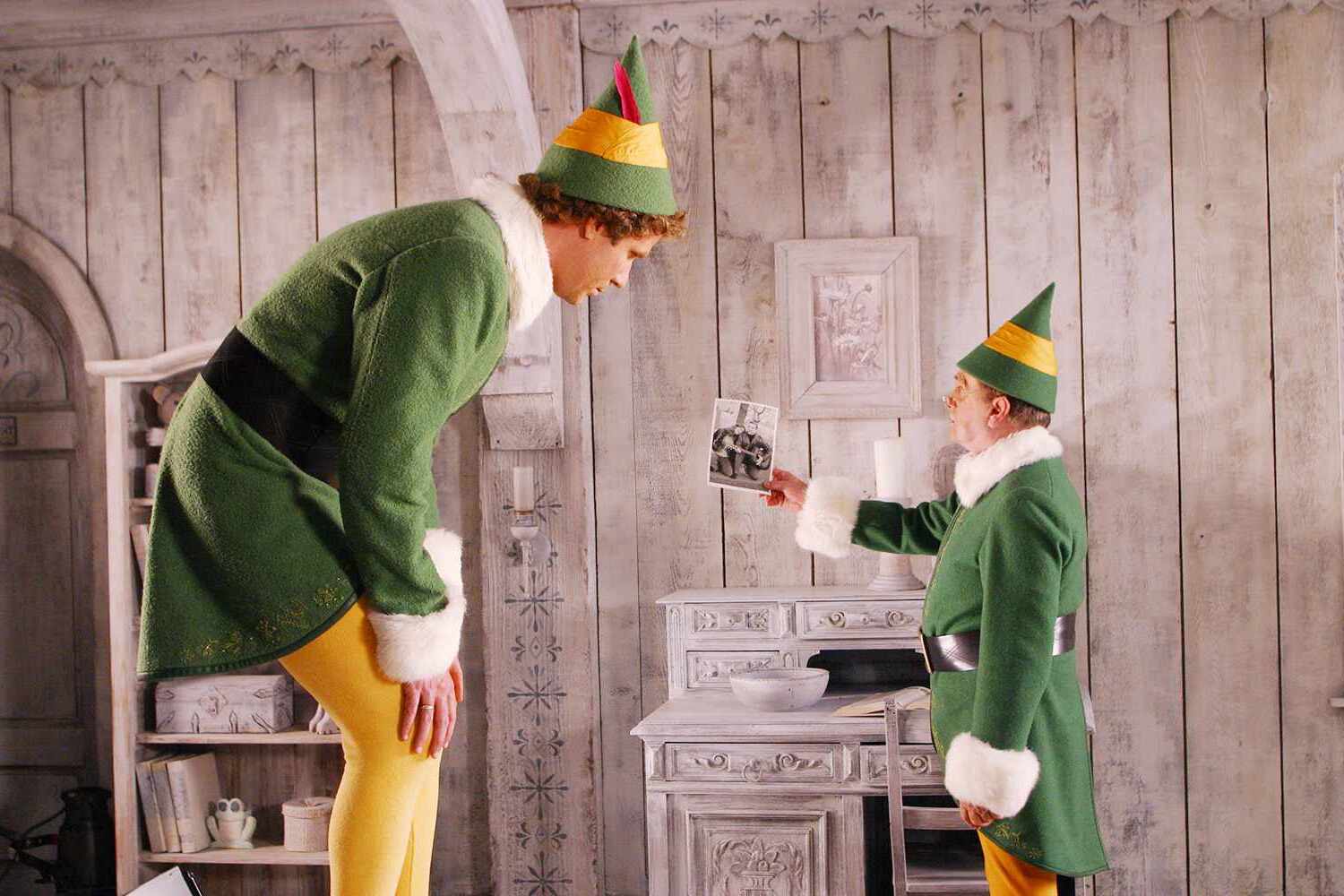
Elves, those mythical creatures often depicted with pointy ears and magical abilities, have fascinated humans for centuries. Rooted deeply in folklore and popularized by numerous cultures and modern fantasy literature, elves embody a wide array of characteristics and powers. Classical elves are particularly intriguing, blending ancient myth with the charm of timeless tales. From their origins in Norse mythology to their depiction in modern media, these beings captivate our imagination. But how much do we truly know about them? Unraveling 19 facts about classical elves offers a glimpse into their enchanting world. This journey through elfin history and lore not only enlightens but also enriches our understanding of these mystical beings, revealing the depth and diversity of their legacy.
The Origins of Classical Elves
Classical elves have fascinated people for centuries. Their origins are rooted in mythology and folklore from various cultures.
- Elves first appeared in Norse mythology. They were known as "álfar" and were considered semi-divine beings with magical powers.
- In Germanic folklore, elves were often mischievous. They played tricks on humans, sometimes causing harm or misfortune.
- Tolkien popularized modern elves. J.R.R. Tolkien's "The Lord of the Rings" series redefined elves as noble, wise, and immortal beings.
Physical Characteristics of Classical Elves
Elves are often depicted with distinct physical traits that set them apart from humans.
- Elves are usually portrayed as tall and slender. Their graceful appearance adds to their ethereal nature.
- Pointed ears are a common feature. This trait has become synonymous with elves in popular culture.
- Elves have exceptional eyesight and hearing. These heightened senses make them excellent hunters and warriors.
Elven Society and Culture
Elven societies are often depicted as advanced and harmonious, with a deep connection to nature.
- Elves live in close harmony with nature. Their homes are often built in forests or other natural settings.
- Elven societies are usually matriarchal or egalitarian. Leadership roles are often shared or held by women.
- Elves have a rich tradition of music and art. Their artistic expressions are considered some of the most beautiful and intricate.
Elven Magic and Abilities
Elves are often endowed with magical abilities that make them powerful and mysterious.
- Elves possess innate magical abilities. These can include healing, telepathy, and elemental control.
- Elven magic is often tied to nature. They can communicate with animals, control plants, and manipulate natural elements.
- Elves are skilled in archery and swordsmanship. Their agility and precision make them formidable warriors.
Elves in Modern Media
Elves have become a staple in modern fantasy literature, movies, and games.
- Elves are a central race in Dungeons & Dragons. They are one of the most popular choices for players.
- The "Elder Scrolls" series features elves prominently. Different types of elves, such as High Elves and Dark Elves, play significant roles.
- Elves appear in the "Harry Potter" series. House-elves, like Dobby, are magical creatures bound to serve wizards.
Elves and Their Longevity
One of the most intriguing aspects of elves is their long lifespan.
- Elves are often depicted as immortal or long-lived. They can live for thousands of years, witnessing many generations of humans.
- Elven longevity contributes to their wisdom. Their extensive lifespans allow them to accumulate vast knowledge and experience.
- Elves age very slowly. They maintain their youthful appearance for most of their lives.
Elven Languages
Elves often have their own languages, adding to their mystique.
- Tolkien created several elven languages. Quenya and Sindarin are two of the most well-known, complete with their own grammar and vocabulary.
A Final Nod to Elfin Lore
Elves have always sparked our imagination, from ancient myths to modern fantasy. These beings, embodying grace, wisdom, and a touch of mystery, have traversed through centuries of folklore to find a place in our hearts and stories. Whether seen as mischievous sprites or noble guardians of nature, elves remind us of the magic that exists just beyond our sight. Their tales encourage us to look closer at the world around us, to appreciate the beauty in the unseen, and to believe in the possibility of the extraordinary. As we close this chapter on classical elves, let's carry forward the enchantment and wonder they inspire. May their stories continue to ignite our imaginations and enrich our tales for generations to come.
Was this page helpful?
Our commitment to delivering trustworthy and engaging content is at the heart of what we do. Each fact on our site is contributed by real users like you, bringing a wealth of diverse insights and information. To ensure the highest standards of accuracy and reliability, our dedicated editors meticulously review each submission. This process guarantees that the facts we share are not only fascinating but also credible. Trust in our commitment to quality and authenticity as you explore and learn with us.


